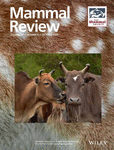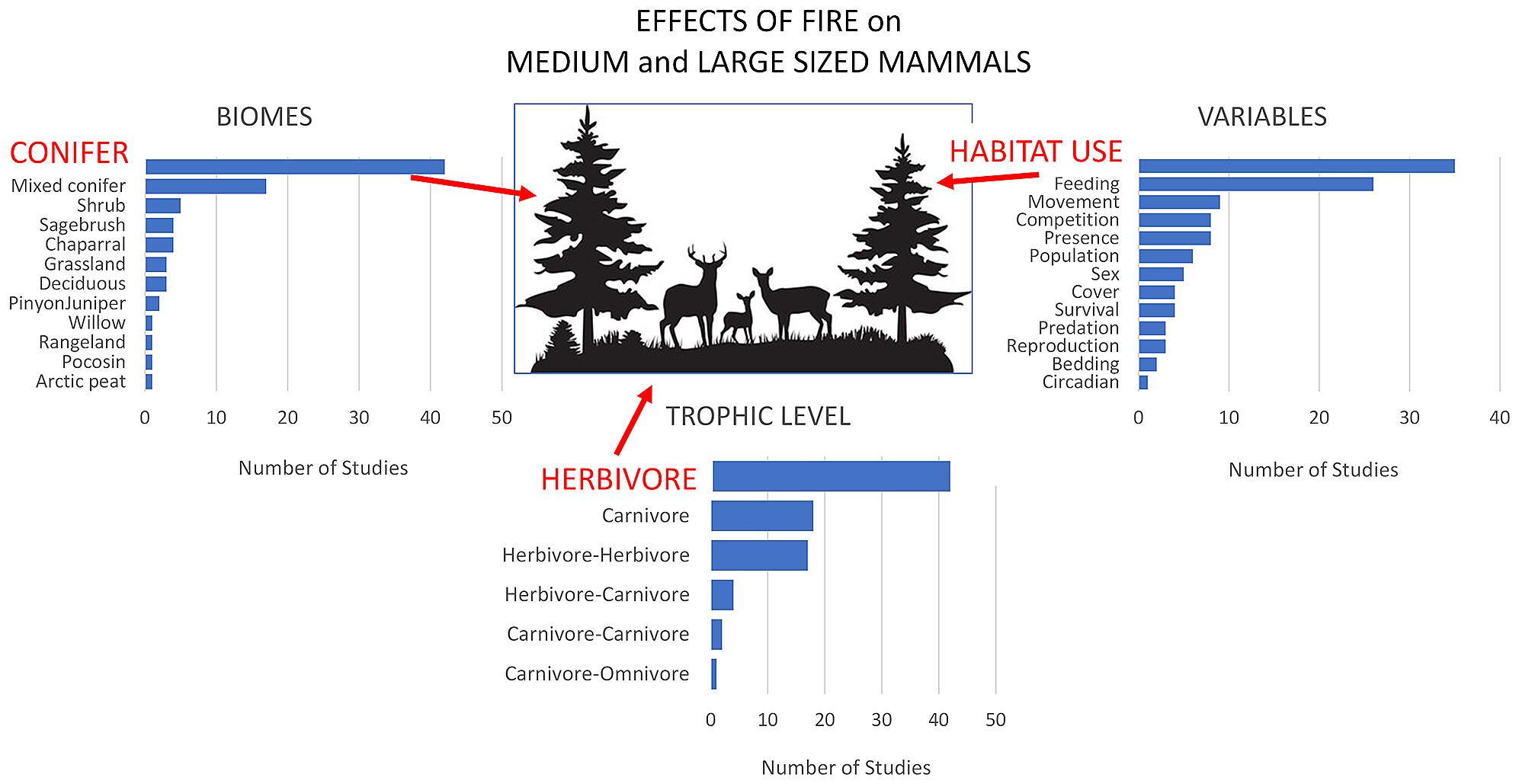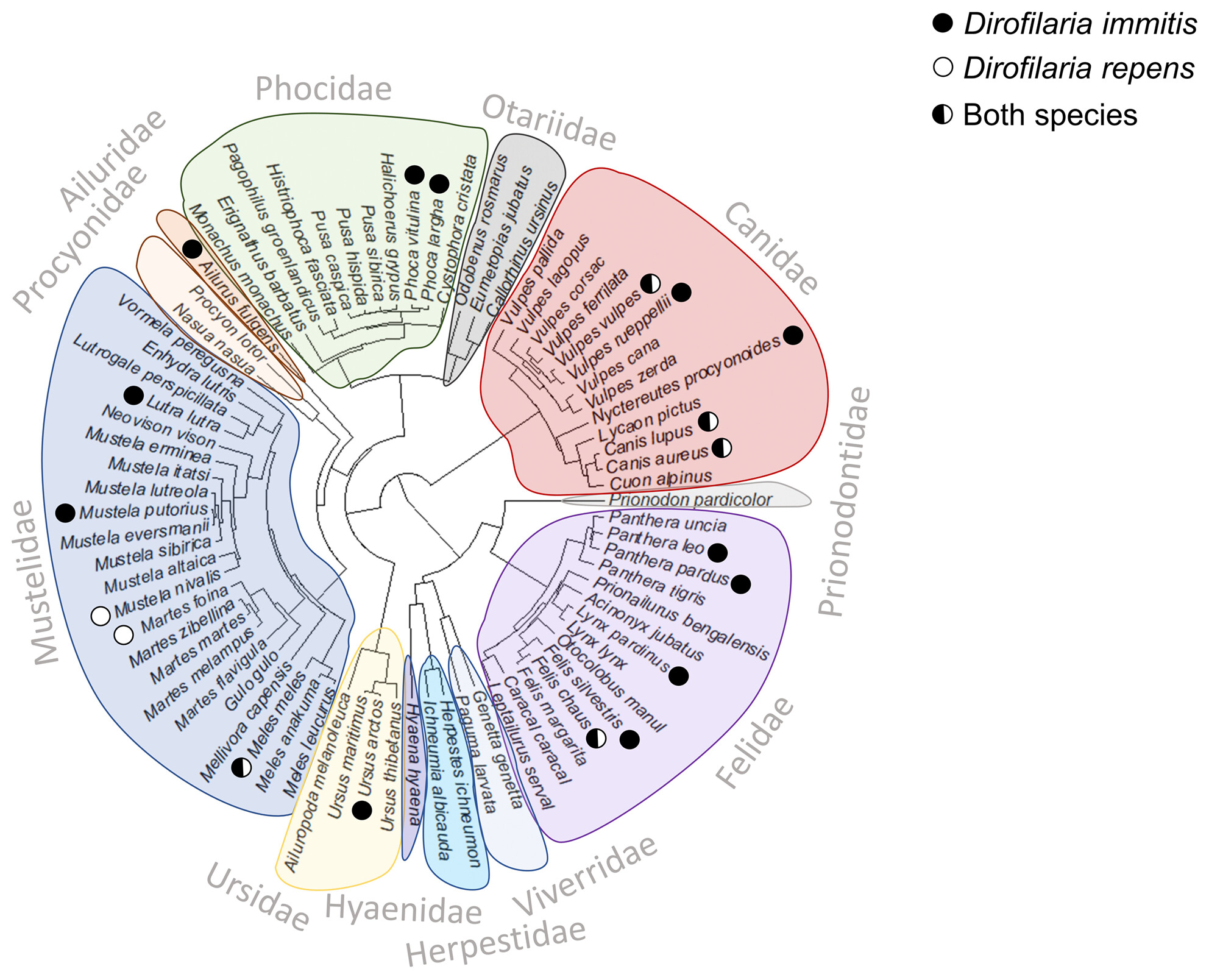Journal list menu
Export Citations
Download PDFs
Issue Information
Review
Review of small cat ecology and status within India
- Pages: 341-356
- First Published: 01 March 2024
The effects of fire on large- and medium-sized mammal communities: what do we know? A review
- Pages: 357-372
- First Published: 22 March 2024
You lick me, I like you: understanding the function of allogrooming in ungulates
- Pages: 373-386
- First Published: 25 March 2024
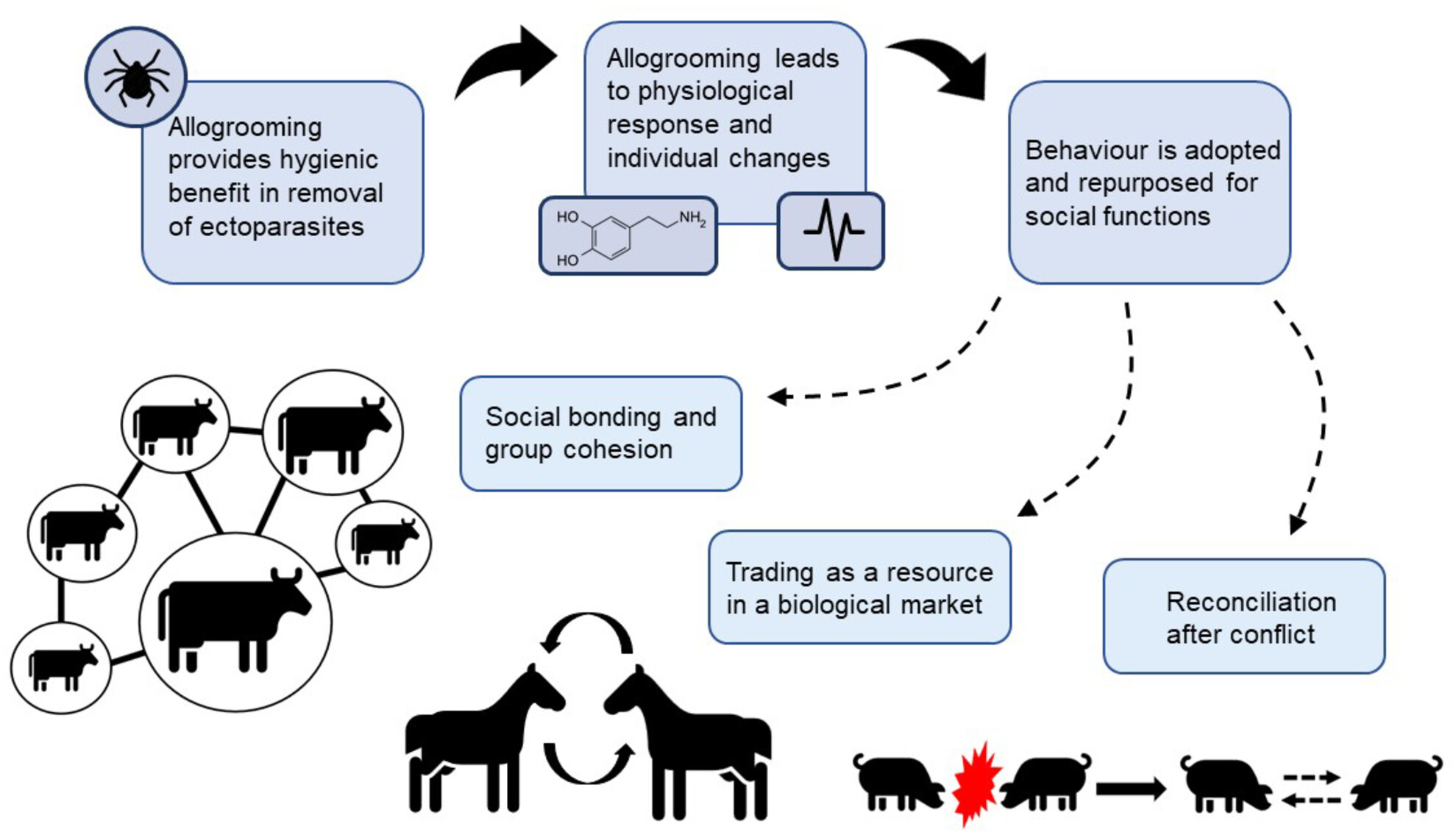
Allogrooming has hygienic, physiological, and social consequences, including exchanging benefits in a biological market, post-conflict reconciliation, and long-term social bond formation. The relevant importance of these functions is largely undetermined in many non-primate taxa, including ungulates. We evaluated the current evidence of allogrooming function in ungulates. We find that allogrooming in ungulates has been co-opted for social purposes, but the variety of these has not been fully explored, and there is great potential for additional research into the benefits of affiliative behaviour in ungulates.
Review, Editor's Choice
Current status of interspecies somatic cell nuclear transfer and meta-analysis of the effects of phylogenetic distance on embryonic and fetal development
- Pages: 387-403
- First Published: 03 April 2024
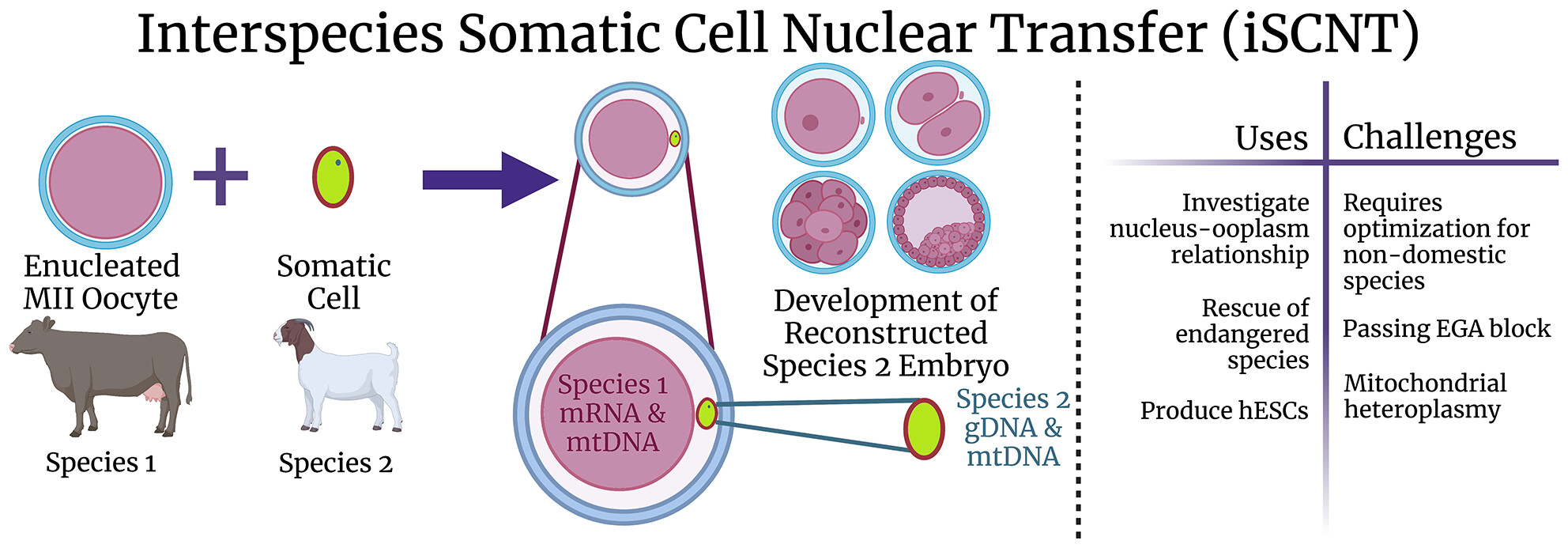
This review of interspecies somatic cell nuclear transfer (iSCNT) provides a summary and meta-analysis of 143 studies published between 1999 (when the earliest iSCNT manuscript was published) and spring of 2023. In vitro and in vivo developmental rates were compared based on oocyte species and phylogenetic distance between oocyte species and donor cell species. The production of iSCNT embryos has great potential in several areas of research – rescue of endangered species, ethical production of human embryonic stem cells, and specification of donor cell and recipient oocyte influences on iSCNT embryo development. Obstacles to development include mitochondrial heteroplasmy, phylogenetic distance between the two species, timing of embryonic genome activation, culture of donor cells and reconstructed embryos, and optimization of embryo transfer. Though live offspring have been produced in twelve studies, the overall efficiency rate based on the successful iSCNT studies is only 0.29%. We conclude that additional research is warranted to improve development rate, allowing future scientists to use iSCNT for their research goals.
Review
Physiological adaptations to semi-aquatic habits: the thermogenic macronutrient intake of the Eurasian otter
- Pages: 404-414
- First Published: 21 April 2024
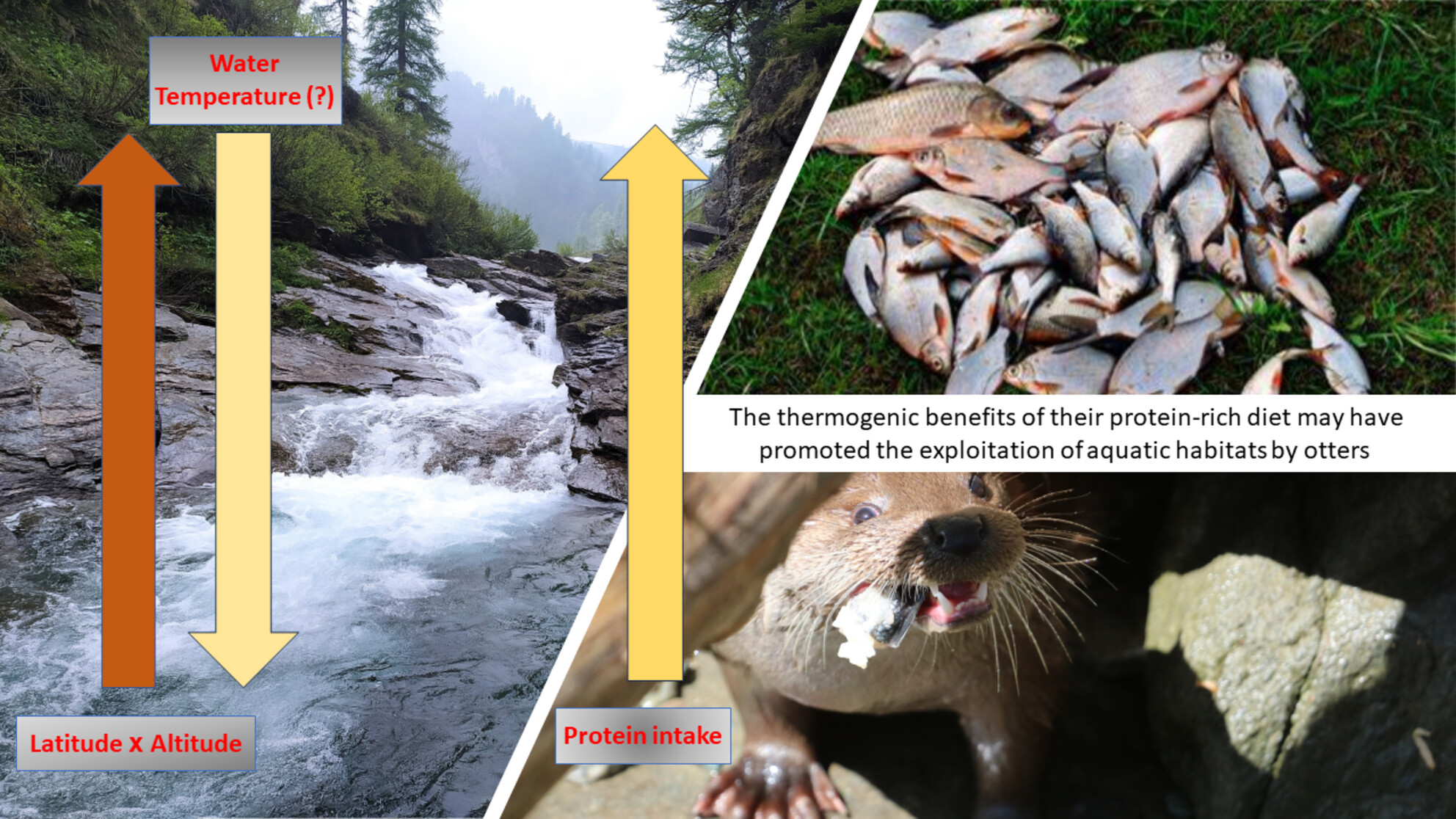
Our results show that percent protein energy of Eurasian otter's diet is higher than that of typical hyper-carnivores and tends to increase with decreasing water temperatures. Protein foods exhibit higher thermogenic effects respect to lipids and carbohydrates and may contribute to mantain thermal homeostasis in water.
The hot sex: is there evidence for climate-driven sex allocation in mammals?
- Pages: 415-426
- First Published: 02 May 2024
Perspective
Is dirofilariosis an emerging conservation threat in wild carnivores across the Palearctic?
- Pages: 427-440
- First Published: 12 April 2024
Correction
Correction to ‘Critical variables and their thresholds for the precise density estimation of wild felids with camera traps and spatial capture-recapture (SCR) methods’
- Page: 441
- First Published: 06 June 2024




